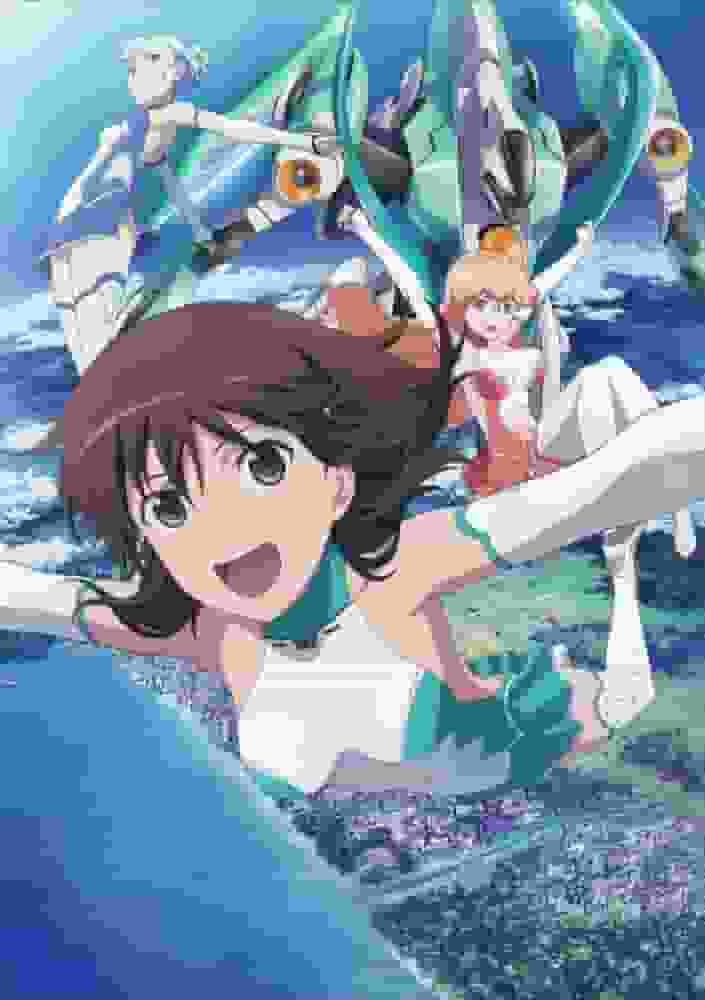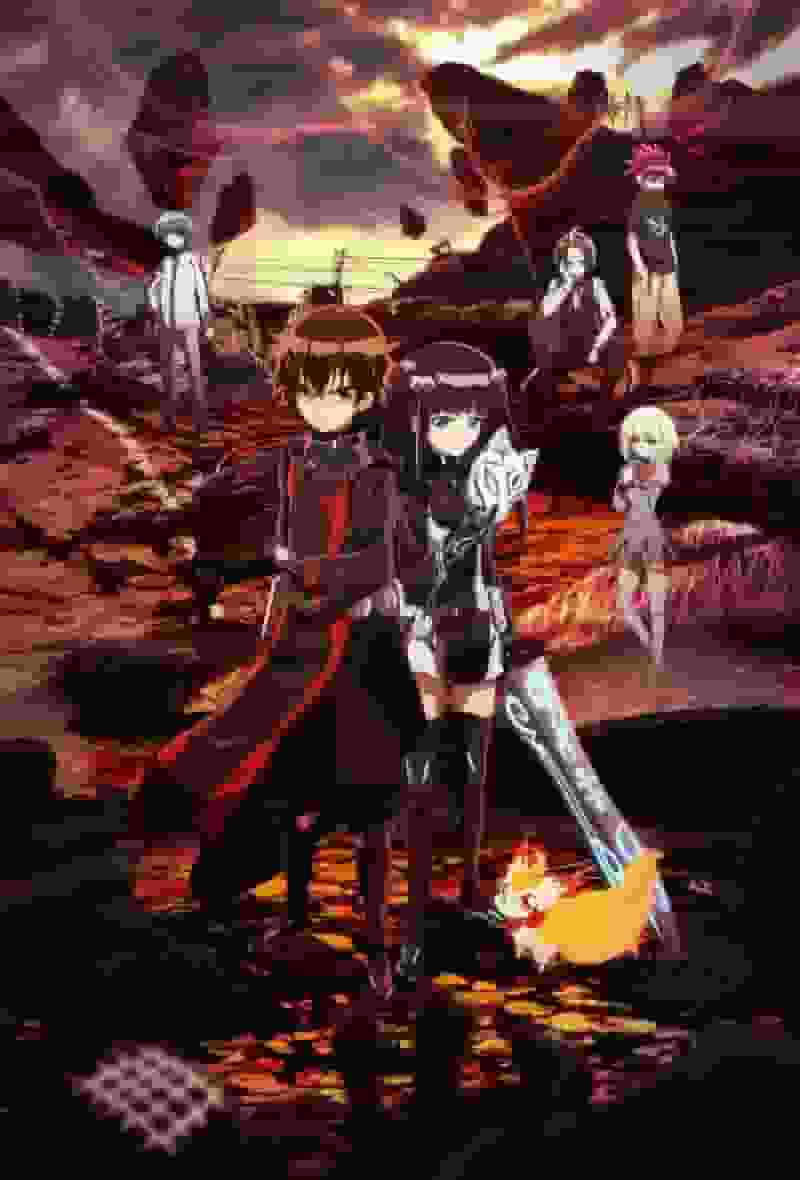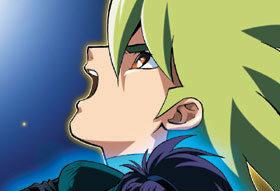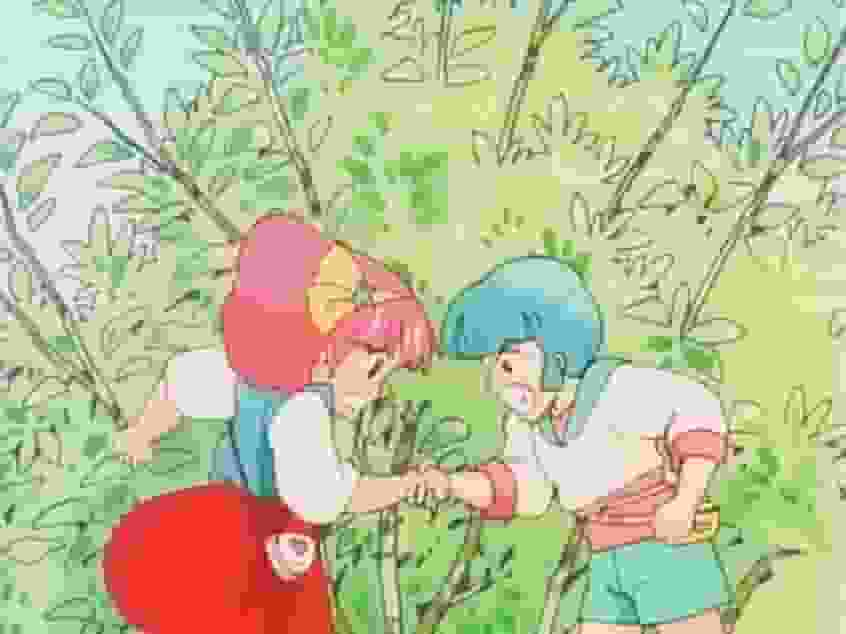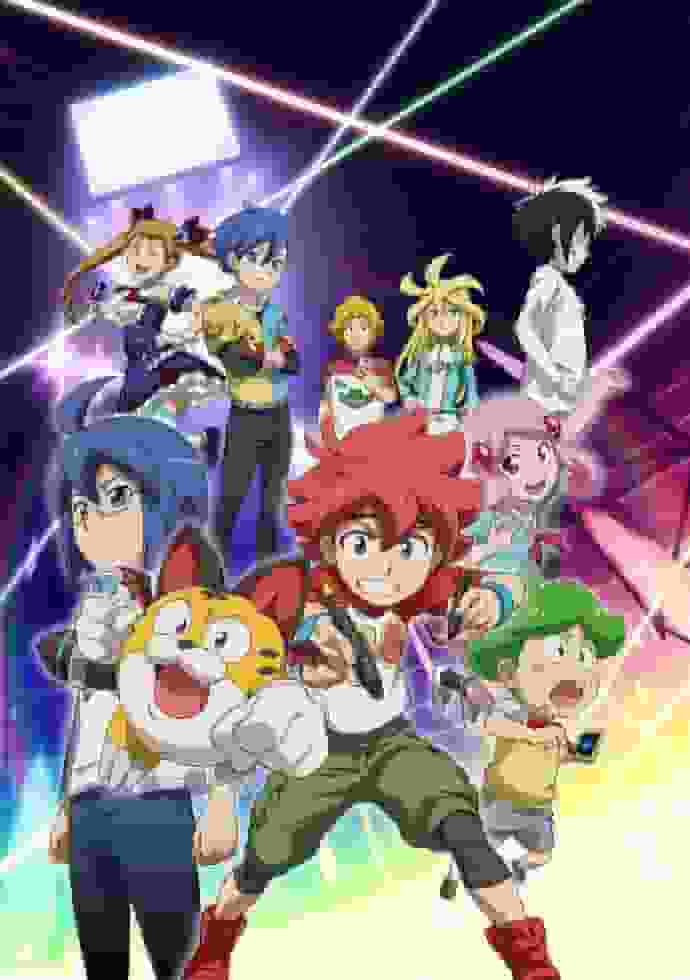A thorough review of Oishinbo's US-Japan rice war: A battle of tastes?
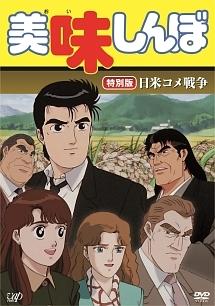
Oishinbo: The Japan-US Rice War - The Ultimate Taste Battle"Oishinbo: The Rice War Between the US and Japan," which aired on Nippon Television's Friday Road Show on December 3, 1993, was a special animated program based on the world of the original manga "Oishinbo," and it moved and excited many viewers. This TV special was a lengthy 111 minutes, and while it maximized the essence of the original work, it also brought out new appeal with the expressive power that only animation can provide. A fusion of the original and anime"Oishinbo" is a gourmet manga published by Shogakukan, written by Kariya Satoshi (illustrator) and Hanasaki Akira. It was serialized from 1983 to 2014, during which time numerous cooking battles and deep considerations of food culture were depicted. "The US-Japan Rice War" is one of the most memorable episodes, depicting the preciousness of food and cultural differences through the theme of a showdown between American rice and Japanese rice. The anime version faithfully reproduces the story of the original work, while adding depth through visual expression, music, and the performances of the voice actors. Director Hiroo Takeuchi succeeded in adding his own unique taste to the anime without compromising the atmosphere of the original work, leaving a strong impression on viewers. In addition, the high quality of the visuals was achieved through the joint production of Shin-Ei Animation and Nippon Television Network Corporation. Story and ThemesThe story of "The Japan-US Rice War" begins with a simple theme: a showdown between American rice and Japanese rice. The story follows Shiro Yamaoka and Yuko Kurita as they struggle to show the world the greatness of Japanese rice. This showdown is not just a cooking battle, but also symbolizes the differences in food culture, the bonds between people through food, and the relationship between countries. As the story progresses, viewers are reminded of the history of rice in Japan, the hardships of rice producers, and the value of each and every grain of rice that ends up on the dinner table. The American characters Dan Foster and Ann Foster are also important, and through them American food culture and values are depicted, bringing the contrast between the two countries into sharp focus. Characters and castKazuhiko Inoue, who plays Shiro Yamaoka, faithfully reproduces the character from the original work, while expressing Yamaoka's passion and intelligence with his own unique acting. Mayumi Sho, who plays Yuko Kurita, also exquisitely portrays her kindness and strength. In addition, the voice actors who play each character, such as Osamu Saka as Okura Ohara, Seizo Kato as Director Koizumi, Michio Hazama as Dan Foster, and Eiko Yamada as Anne Foster, also give superb performances, adding depth to the story. In particular, the relationship between Dan and Anne Foster and the way they change when they come into contact with Japanese rice are some of the points that move the audience. In addition, the supporting characters, such as Kosei Tomita as Tozan Tojin, Takeshi Watanabe as Kyogoku Mantaro, and Norio Otsuka as Umihara Yuzan, are also attractive and add excitement to the story. Visuals and MusicThe quality of the animation is very high, especially the cooking scenes. The character designs by Masaaki Kawanami have been animated without compromising the image of the original, and the backgrounds by art director Akira Furuya are beautiful, making for a visually appealing production. The camerawork by cinematographer Kumiko Taniguchi is also skillful, enhancing the tension and emotion of the story. Music also plays an important role, and Kazuo Otani's music stirs the viewers' emotions as the story unfolds. In particular, the voice of Yuma Nakamura, who sang the theme song, resonates as if it symbolizes the theme of the story, and is deeply engraved in the hearts of viewers. Additionally, the sound effects by Haruo Urakami, the sound director, realistically reproduce the sounds of cooking and the voices of the characters, stimulating the viewers' five senses. Screenplay and directionThe script by Haruya Yamazaki draws out the essence of the original work while adding developments and direction that are unique to anime. In particular, in depicting the theme of the confrontation between Japan and the United States, he skillfully portrays the differences in culture and values between the two countries, providing many points for viewers to think about. In addition, the storyboards by Hiroo Takeuchi and Yuki Suzuki make the story flow smoothly and are full of direction that draws out the emotions of the viewer. Social significance"Oishinbo: The Rice War Between the US and Japan" is not just an entertaining work, but also has social significance. It conveys a profound message to viewers by depicting differences in food culture, the bonds between people that are formed through food, and the relationships between countries. In particular, 1993 was a time when economic conflict and cultural friction were problems in Japanese society, and this work reflects this background while stressing the importance of people understanding each other through food. Impact on viewersThis drama had a great impact on viewers. In particular, it raised interest in food culture and caused viewers to reaffirm the value of Japanese rice. It also appealed to viewers about the importance of intercultural understanding through the theme of confrontation between Japan and the United States, deeply moving them. Furthermore, the story's moving ending left a strong impression on viewers, leading many to rewatch the drama multiple times. Recommendations and ratings"Oishinbo: The Rice War Between the US and Japan" is not only acclaimed as a gourmet anime, but also as a work that depicts social themes. In particular, it deeply touches viewers by depicting differences in food culture and the bonds between people that are formed through food. It is also highly praised for drawing out the essence of the original work while also bringing out new appeal through the anime's unique expressiveness. This work is recommended not only for food lovers, but also for people interested in social themes. In particular, it deeply touches viewers by depicting differences in food culture and the bonds between people through food. It has also been highly praised for drawing out new appeal through the unique expressiveness of anime while still retaining the essence of the original work. summary"Oishinbo: The Japan-US Rice War" is a work that draws out the essence of the original work while bringing out new charms with the unique expressiveness of anime. In particular, it deeply moves viewers by depicting differences in food culture and the bonds between people that are formed through food. It has also been highly praised for drawing out the essence of the original work while bringing out new charms with the unique expressiveness of anime. This work is recommended not only for food lovers, but also for people who are interested in social themes. Please give it a watch. |
<<: Sailor Moon R: Reevaluation and Rediscovery of Its Charm
>>: "Our Collection" Review: What is the appeal of everyone's songs?
Recommend
Voice actor: Chris Pine would be the perfect choice for Uncharted 2 if the movie is based on the game
Sony's Uncharted movie will not follow any ge...
The appeal and reviews of "Little Lord Ceddie": A moving story and deep characters
Revisiting the charm and emotion of "Little ...
We'll give a thorough evaluation of the situation in which we ended up becoming heroines! Is it really interesting?
All-round evaluation and recommendation of "...
SE "Brilliant World" TV animation latest trailer art released, confirmed to start broadcasting in April 2021
Tonight, S.A.I. just released the latest trailer ...
The US site was blocked for publishing a pirated version of "Hellboy" BT download and had to pay 2 million
According to foreign media reports recently, beca...
"Resident Evil" movie heroine "John Wick" production company's new action movie
DEADLINE revealed the first stills of the new mov...
The appeal and evaluation of the first short anime series "Golden Kamuy"
Golden Kamuy Golden Doga Gekijyo review and detai...
The new film of the male lead of “Deadpool” is revealed: the game NPC turns into the protagonist to save the world!
According to foreign media reports, Ryan Reynolds...
The appeal and evaluation of PuniPuni☆Poemi: A new standard for soothing anime
"Punipuni☆Poemie" - The charm of the po...
Disney says 'Tron: Legacy' sequel already has a script
The highly anticipated sequel to "Tron: Lega...
Sunrise Animation's masterpiece "Angel and Dragon Rondo" will be released on March 3 with a limited Blu-ray version
How many old fans still remember the famous Sunri...
Japanese media commented on the live-action version of "Demon Slayer: Kimetsu no Yaiba" Tanjiro & Nezuko's choice Kento Kanna's strength topped the list
Although the extremely popular manga "Demon ...
Solo: Sequel not a priority for Lucasfilm
Solo: A Star Wars Story didn't do well at the...
Netflix's space sci-fi drama "Drifting" Chinese trailer Hilary Swank stars
Netflix's new space-themed drama "Drifti...
"Nezha: The Devil Child Comes into the World" extended its release for one month, and its box office hit the top three in Chinese film history
Recently, China Film released a notice that accor...

